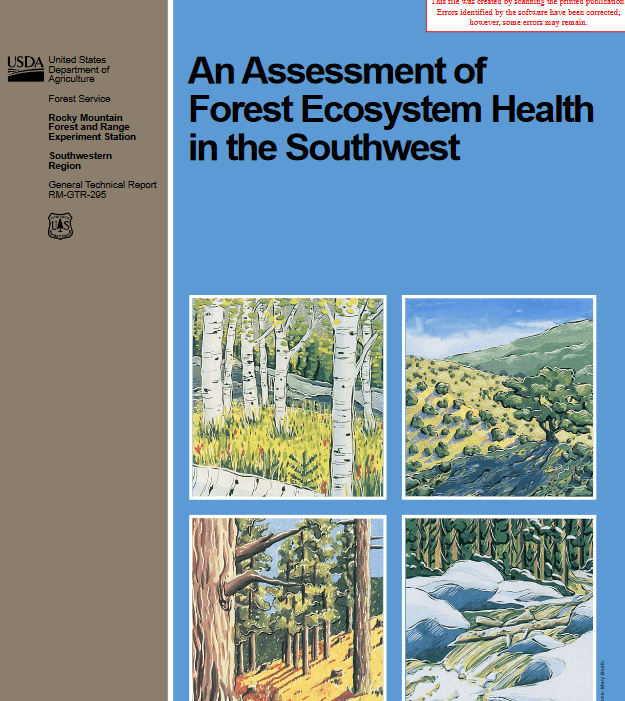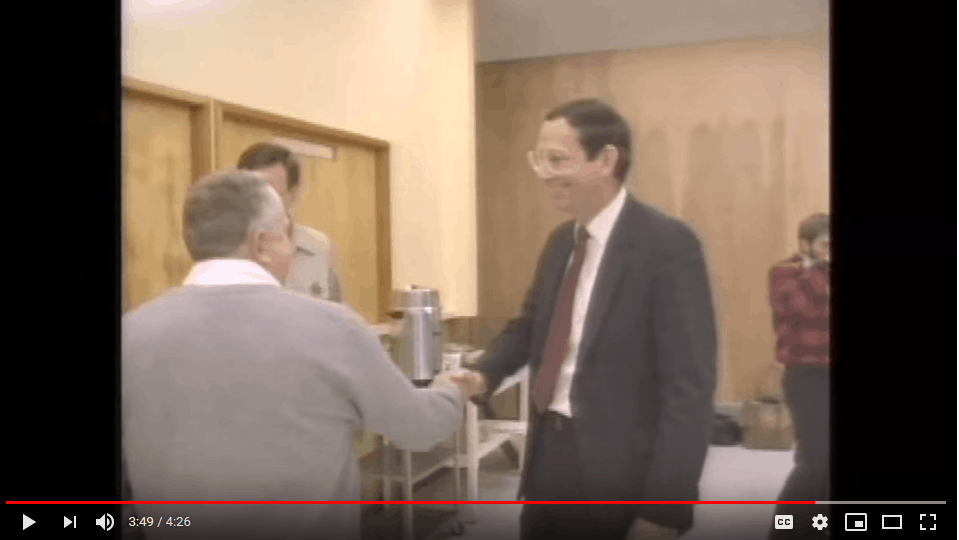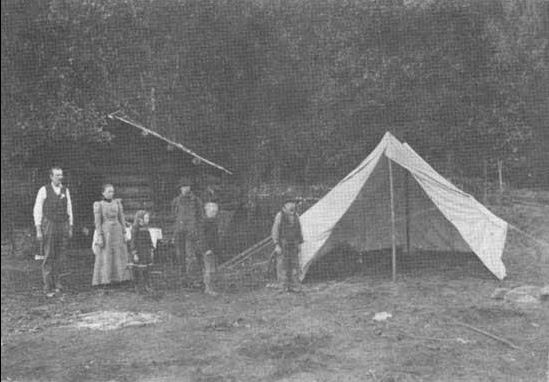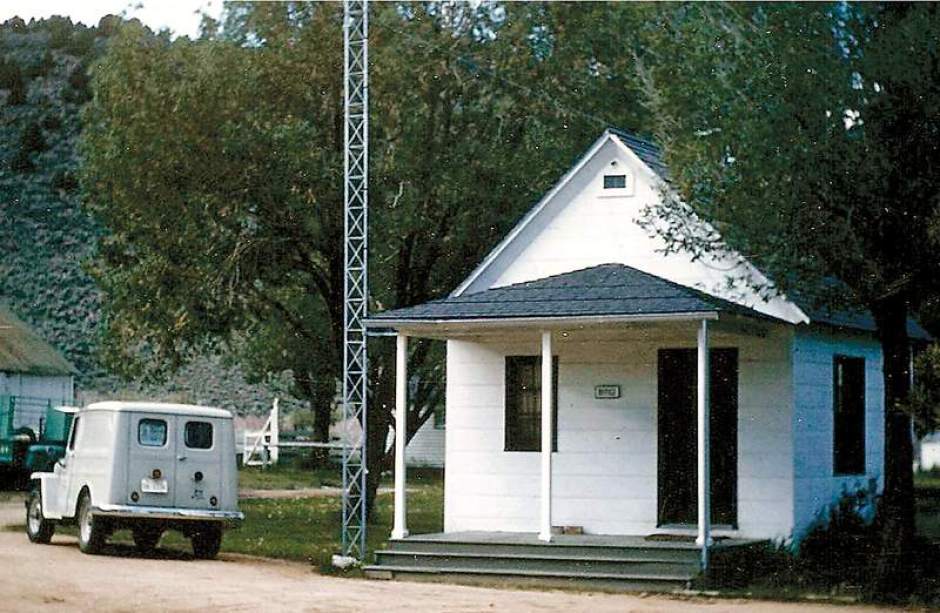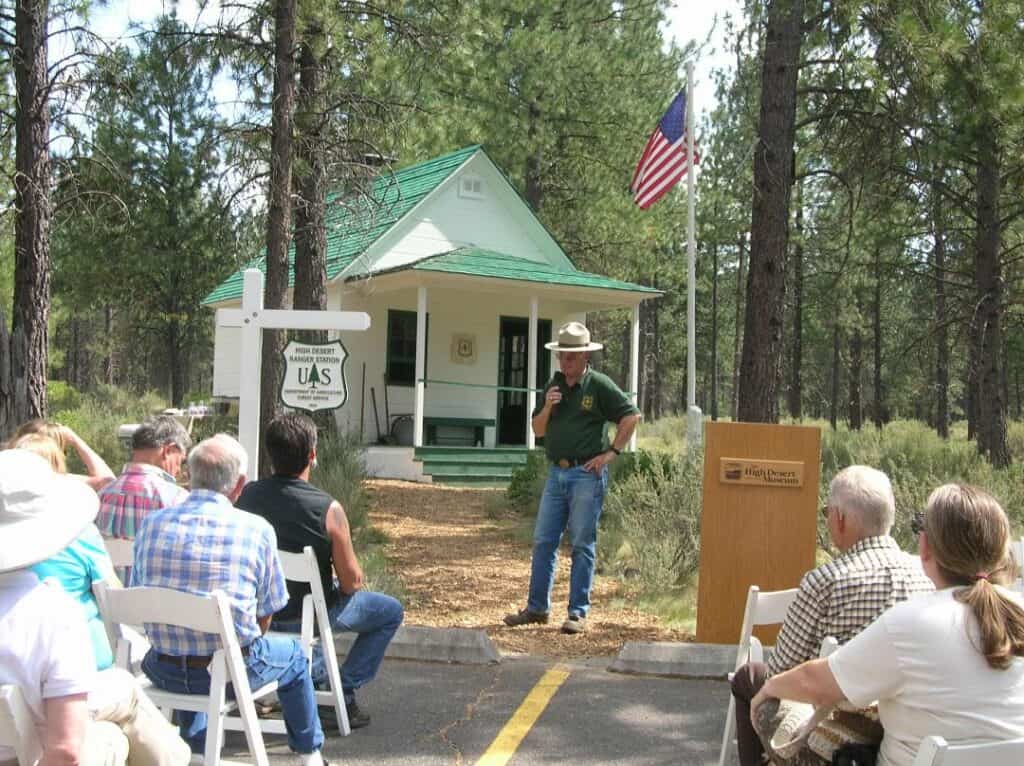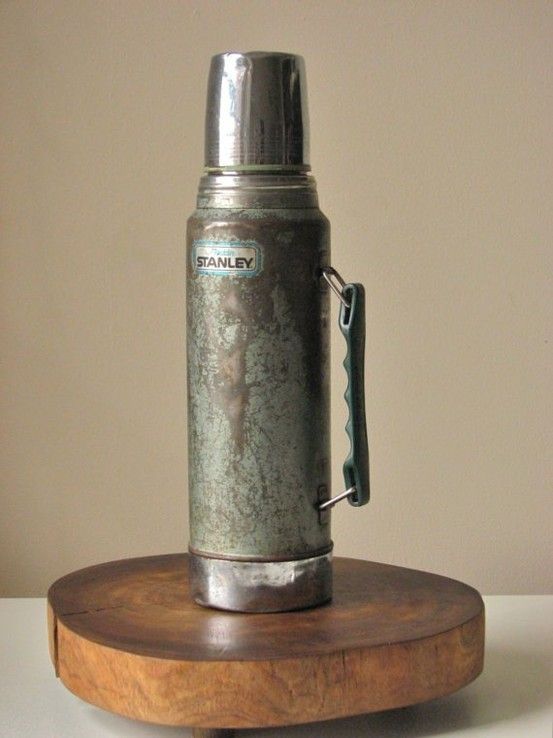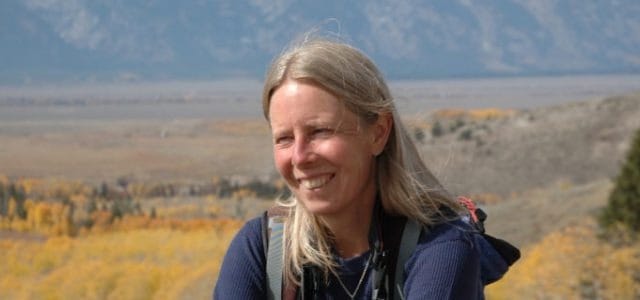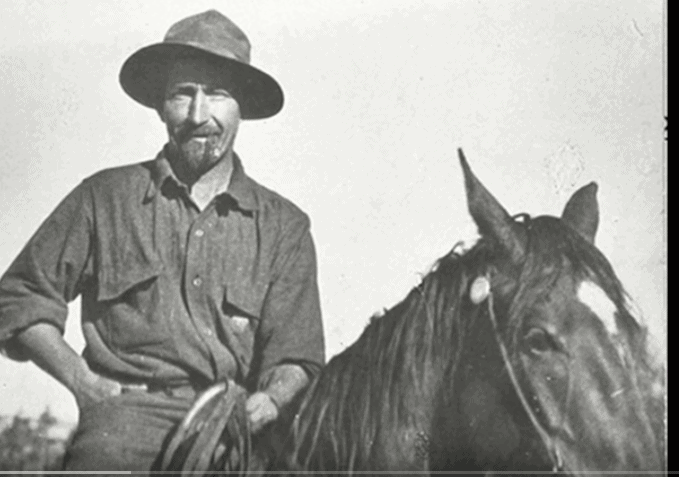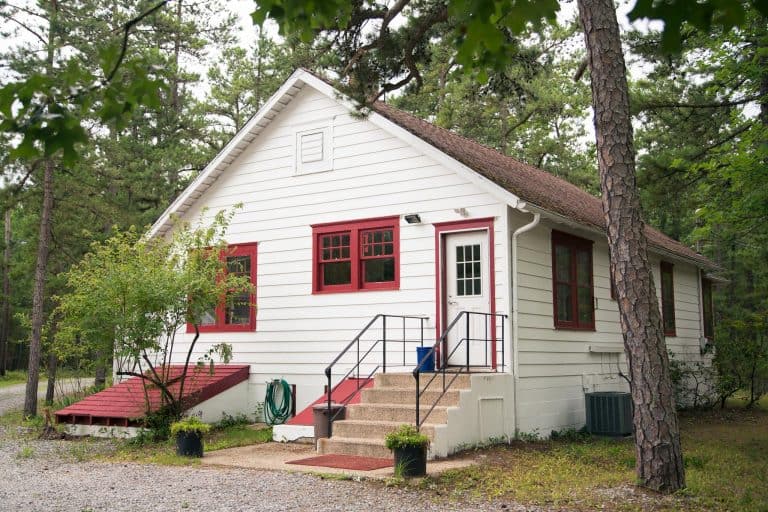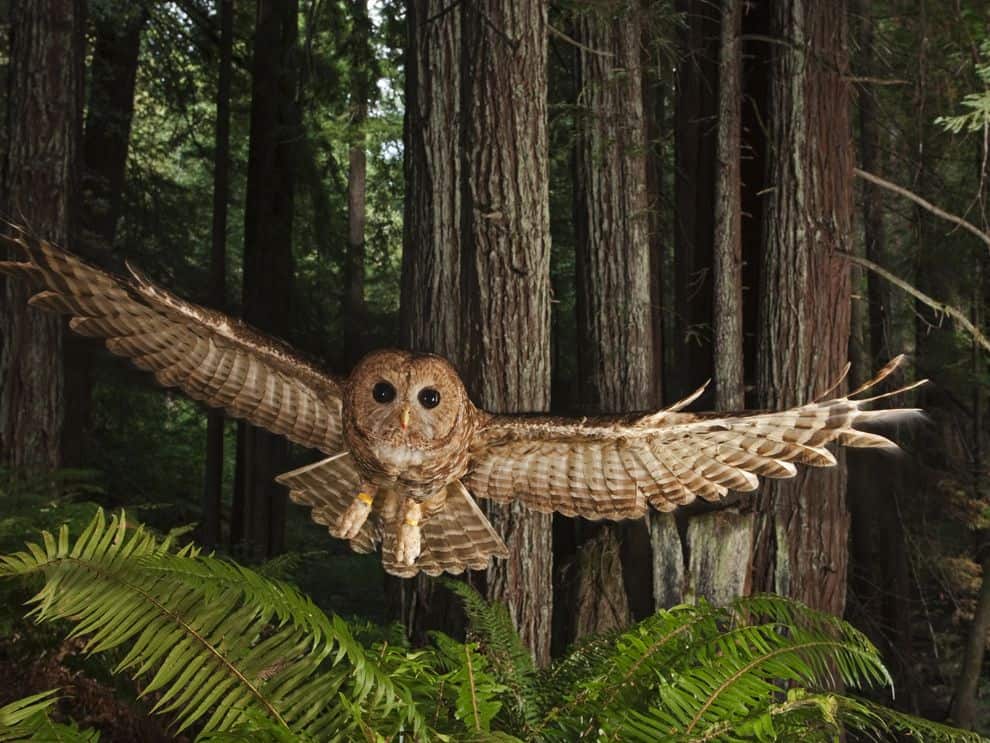
AN IMMIGRANT & THE USDA FOREST SERVICE
by Ranachith (Ronnie) Yimsut
(Note from Sharon: I don’t have a date for this story, but it’s probably 1997-ish). Here’s a link to a January 2020 article about him and some of his work.. it begins. “Ronnie Yimsut – American-Cambodian author, activist, NGO worker, retired senior landscape architect for the United States Department of Agriculture Forest Service, official influential person, orphan and Khmer Rouge survivor – had a dream.” He is the author of a book, Facing the Khmer Rouge: A Cambodian Journey. At the end of his FS story, I added a review of his book.
This is a story that need to be told as part of the celebration of the USDA Forest Service proud culture and tradition. It is a story that very few can associate with, but certainly understood.
I emigrated to the U.S. from a refugee camp on the Thai‑ Cambodian border in early 1979 as a young 15 years old‑‑orphaned, lost, and alone. I first arrived in Washington, DC. Within a few weeks, I got to meet the Chief of the USDA Forest Service, whose name I can’t recall, during a tour of the Washington Office. Of course, I did not speak English then and the Chief did not know Khmer, my native tongue, either. So a translator was brought in to get our communication going more effectively than just body language.
For about an hour we communicated through a translator on wide-ranging topics. I did most of the asking as I was very curious. I recalled asking the Chief if I, as an Asian immigrant, can be the Chief of the Forest Service some day. My simple question stunned him momentarily, but he quickly responded with a great big smile “NO!” Then he quickly added, “Not unless you are a U.S. citizen first!” I told him that I would be happy to just working as a “Ranger” (an employee) of the prestigious and world renounced USDA Forest Service.
By the winter of 1987, while I was spending my fifth year at the University of Oregon, I met a Hispanic employee of the Willamette National Forest. He was on a recruitment drive for the Forest Service. I met him accidentally on the campus ground and got his business card, which eventually led to an interview. After the first interview, I was a “perfect” candidate (being a minority student) for the Forest Service’s Cooperative Education Program; so he said. We met five more times after that first interview. The wheels were in motion, my dream of working for the Forest Service was becoming a reality.
At the same time, I did not at all want to leave school as I was about to finish and get my hard-earned science degree. The man essentially had to drag me into the Forest Service system through this innovative program. He must had called me a hundred times in his attempt to recruit me. With his persistence and compromise, I gave in and I eventually was hired as a Coop Student.
I worked part of my time for the Willamette NF and continued my schooling in between. The Forest Service paid for my school tuition and salary, what a great deal!. I thought I got a great deal until I ran into all the acronyms that I had to learn and learn well. At first, I couldn’t tell the term “WO” from an “RO”, the term “DR” from an “SO” and so on. Eventually, I mastered almost all of them. However, as I learned one acronym others were being introduced or invented faster than I could absorb. It was overwhelming and still is today. There should be a guide book about Forest Service acronym for all new employees!
After graduation and a full year of practical work with my mentor, Mr. Frank Hunsaker, a Forest Landscape Architect, I was more than ready. I was later hired by the Deschutes National Forest, a neighboring forest to the east. With the new job and title, I was at last became a full-fledged USDA Forest Service employee, if not a “Ranger” or the “Chief” as I had dreamed very earlier on.
Central Oregon was well known for its harsh winter and “Redneck” country. I understoond “harsh” winter, but I did not know what the term “Redneck” meant. I learned very quickly. Being one of only few Asian‑American in the area, both the community and Forest Service were a very hostile place. The acceptance was not there and I felt rejected. My resignation letter was prepared and ready to turn in to my boss (now called Team Leader), but my immigrant and Asian stubbornness keep me going and going despite of everything.
I worked very, very hard to gain acceptance within the Forest Service and eventually succeeded. I later got involved with just about every aspect of community activism in Central Oregon. I felt like I was a pioneer struggling through a harsh and difficult environment, but by golly, it got better and better after more than seven years later. Today, I can’t really complain as I and my family (four and all) are well known, respected, and accepted within both the Forest Service family (no longer just a community) and the Central Oregon community itself. I am no longer a pioneer but in fact a full-fledged, proud, and productive member.
I have come a long way from my native Cambodia to be a successful professional in the USDA Forest Service. And yes, I now speak English well enough and became a proud American citizen since 1984. I know that I won’t be a “Ranger” (let alone a Chief) anytime soon, but the possibility is there, if I really, really wanted and willing to work extra hard toward it.
The Forest Service gave me ample opportunities for both personal and professional growth, but there is always room for improvement especially in the Civil Rights area. And that is where my next concentration shall be. As an American citizen, it is my utmost duty make the rough road that I had traveled on a much smoother one than ever before; so that others like me can traverse it with less difficulty. It should be every American utmost duty to make the road smoother for ALL Americans, in my humble opinion.
******************
And here’s a quote from a book review…
“Facing the Khmer Rouge is beautifully written, informative and heartbreaking. Ronnie Yimsut’s prose reads like poetry, vivid and captivating; and chock full of crisp details and imageries. With each turn of the page, Yimsut pulls readers deeper into his emotional and spiritual journey through his years of war and horrors. Yet, his story of love, family, and country, told in a soft, meditative voice—also breathes of forgiveness and healing. Facing the Khmer Rouge is a courageous memoir, and one that undoubtedly will leave Yimsut’s readers believing in the best of man’s humanity to man.”
–Loung Ung, activist and author, First They Killed My Father
